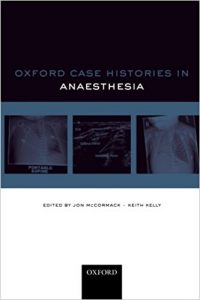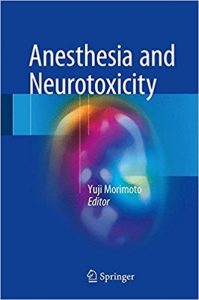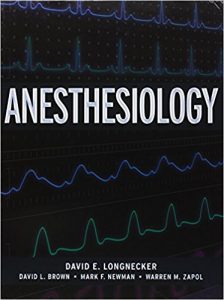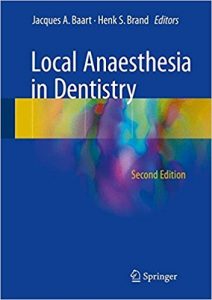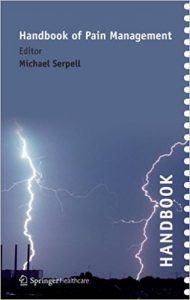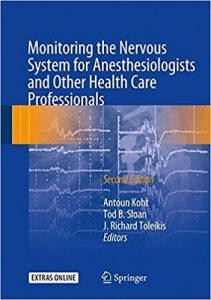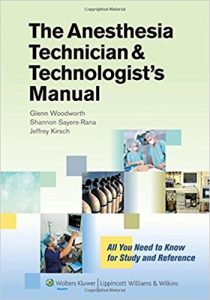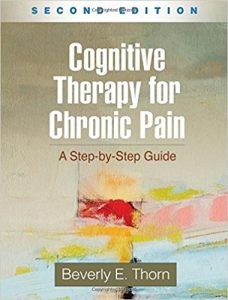How to Survive in Anaesthesia 4th Edition

[amazon template=image&asin=0470654627]
Anaesthesia can be daunting for the novice – not least because they often begin working singlehandedly within a few weeks. How to Survive in Anaesthesia is a pocket sized book written by 3 authors who have nearly 90 years experience of anaesthesia between them. It covers basic aspects of airway and fluid management and equipment, followed by common emergencies. Finally it tackles all the common surgical specialties step by step. It is always practical, ever contemporary, frequently amusing. It provides safe and practical advice to not only help novices survive those first few months – but to enjoy them too.
How to Survive in Anaesthesia was written to answer the questions that newly qualified anaesthetists need answers to but may be too embarrassed to ask. Through three editions its popularity has gathered momentum across the globe. Now the fourth edition has been revised and updated, responding to changes in practice and new requirements. New features for this edition include:
-
A new introduction on the theatre environment
- A new chapter on local anaesthetic toxicity
- The latest guidelines on intravenous fluids
- Updated information on airway procedures and equipment
Written in an easy, humorous style by leading anaesthetists who have over 90 years’ experience between them, this book is the junior anaesthetist’s gateway to sound authoritative advice on how to perform anaesthetics in real life. It will inspire confidence in any new doctor starting in the specialty.

